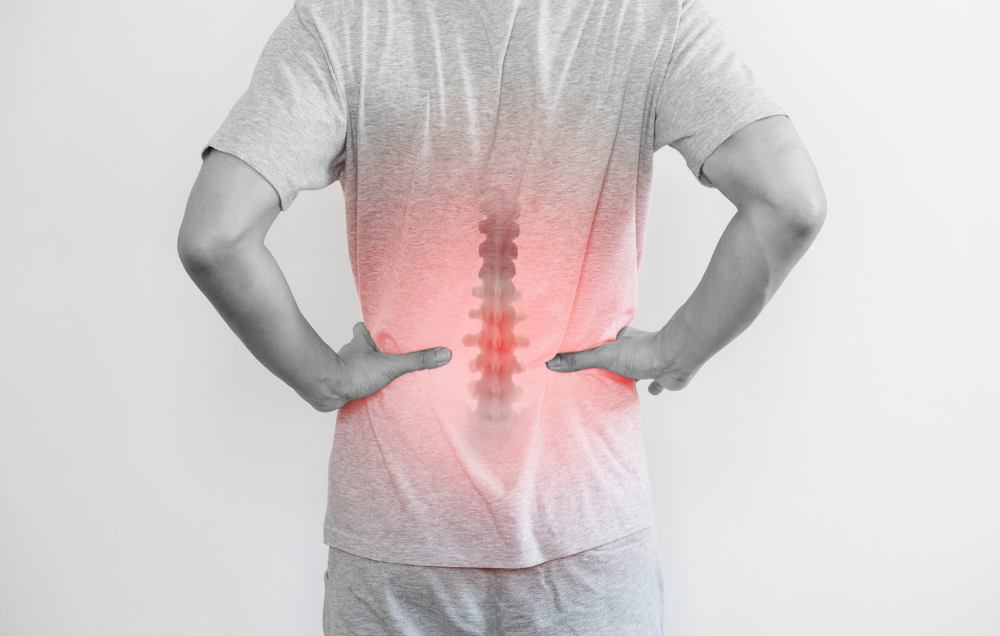Contents
Lower back and hip pain can be difficult to manage. Conditions that affect these regions can also cause buttock pain. Sometimes called gluteal pain, buttock pain is typically caused by an underlying condition or injury. Whether it is caused by a sports injury or muscle tightness, understanding how to relieve buttock pain can be valuable knowledge. A physical therapist can provide education, specialized treatments and guidance to help you recover. Physical therapy is a popular choice due to how buttock pain can be relieved with a range of innovative PT techniques. Learning about these techniques can reveal the value of receiving effective care for your condition.
Physical therapy techniques that can relieve buttock pain
- Manual therapy — Manual therapy techniques can be great for releasing tension in the gluteal muscles. This is one way you can relieve buttock pain. The most effective manual therapy techniques will depend on the underlying causes of your condition. If tight muscles are causing your pain, myofascial release can be a great solution. This technique involves the application of gentle pressure to your connective tissue. The pressure is meant to release pressure, potentially offering major relief. Another potential cause of buttock pain is sacroiliac joint dysfunction. Because this joint connects the spine and pelvis, conditions affecting it can lead to pain in your back, hips and buttocks. If your pain is associated with joint stiffness, then joint mobilization may be the best approach. This manual therapy technique involves a physical therapist moving joints that feel stiff or restricted. Joint mobilization can improve your range of motion and alleviate your pain.
- Electrical stimulation — Electrical stimulation is an innovative and effective physical therapy modality. By delivering small electrical pulses to the affected area, electrical stimulation can help relieve pain and trigger healing processes. There are a few different kinds of electrical stimulation offered by physical therapists. For buttock pain, TENS (transcutaneous electrical neuromuscular stimulation) may be recommended. This modality can address your pain by reducing pain signals sent to the brain.
- Targeted exercises — Exercise is one of the most common physical therapy treatment methods. Physical therapists often develop tailored exercise plans that address each patient’s specific needs. When it comes to buttock pain, learning how you can address your condition with simple exercises can be highly valuable. Your physical therapist can guide you through exercises and help you integrate an at-home routine. By continuing your treatment with exercises between sessions, you can maintain a steady rate of progress.
PT exercises that can relieve buttock pain
- Pelvic tilts — Pelvic tilts are a great exercise to help strengthen your lower back muscles. Promoting muscle stability can lead to long-term pain reduction. To do pelvic tilts, start by lying on your back with your knees bent. Your feet should rest flat on the floor. Next, tighten your abdomen and push your lower back and pelvis toward the floor. Your spine should stay straight the whole time. Try holding this position for a few seconds; then relax. You can repeat the exercise as many times as needed, typically 10 to 15 times per exercise session.
- Hip flexor stretch — To stretch your hip flexor muscles, keep your back straight while kneeling on the floor with one knee. While kneeling, lean your body forward until you feel a stretch in your hip and buttock. Hold for around 30 seconds and try to maintain the stretching sensation. Afterward, you can repeat the exercise on the other side. Hip flexor tightness is a common cause of buttock pain. With this stretch, you can help relieve your buttock pain by reducing muscle tightness.
- Bridges — Bridges target the gluteus maximus, which is the largest buttock muscle. Strengthening this muscle can be a great way to provide stability and pain relief. Lie on your back to begin, keeping your knees bent and your feet flat. Then tighten your buttocks and lift your hips upward. Try to avoid arching; your body should form a straight line from the shoulders to the knees. Hold the bridge for a few seconds; then lower and repeat.
Lattimore Physical Therapy can help relieve your buttock pain
Want to know how you can relieve your buttock pain? Lattimore Physical Therapy can empower you with top-notch education and hands-on treatment. Our team is ready to assess your condition and develop a tailored treatment plan designed to safely and effectively meet your needs. With frequent one-on-one PT sessions and targeted at-home exercises, you can improve your health and experience long-term relief.
Contact our team today for more information or to schedule an initial appointment.



